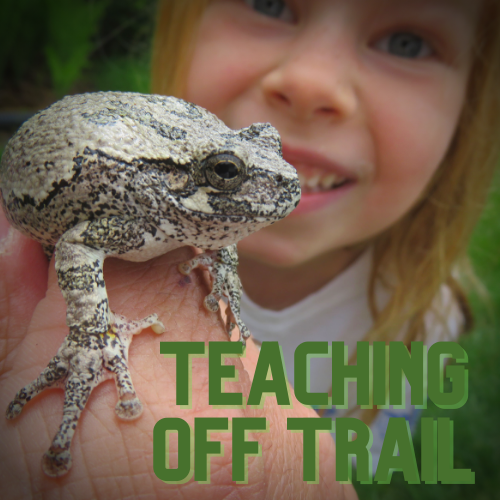Day 312
The work never ends. One of the more immediate projects we need to get moving along will help us begin the reforestation process. The dead ash stand has dozens and dozens of dead trees. Because they have not had a leaf canopy for some time, invasive and obnoxious reed canary grass took over. Since we began the restoration process, we’ve been attacking this grass in the more open spaces with wonderful results, however, it is hard to attack the grass in the same way when we don't have great access to the formerly forested areas. To get this grass under control and keep it from seeding and spreading, we need to remove the trees.
Challenge accepted.
I needed help though. And fast.
My restoration partner’s potential future restoration schedule requests this area to be clear by next spring, That means trees down, wood moved, and stumps leveled. Being a novice sawyer I've had some Ice Age Trail sawyers and colleagues start the process but it was literally a drop in the bucket.
I decided to reach out to the community. If people wanted to come take down trees, they could have the wood. There were many interested individuals.
One of them came recently and started the process. Besides taking down a ton of trees, he and a friend were able to buck up the wood, take it away, and leave piles of branches and sticks ready to burn in winter.
There are still plenty of trees left but the area looks dramatically different. The animals must’ve been intrigued as we’ve seen many large bucks check out the newly cleared area. As we continue to work on the area, we will see it change even more. If we can knock down the remaining trees before winter, our focus will be removing any fallen wood and leveling any stumps. If we are successful with this, the area can be treated for the reed canary grass along with the rest of the land in spring. It may take a few rounds of treatments, but hopefully, we will see a similar resurgence.
Once the reed canary grass is under control, we can start filling the area with new trees.
